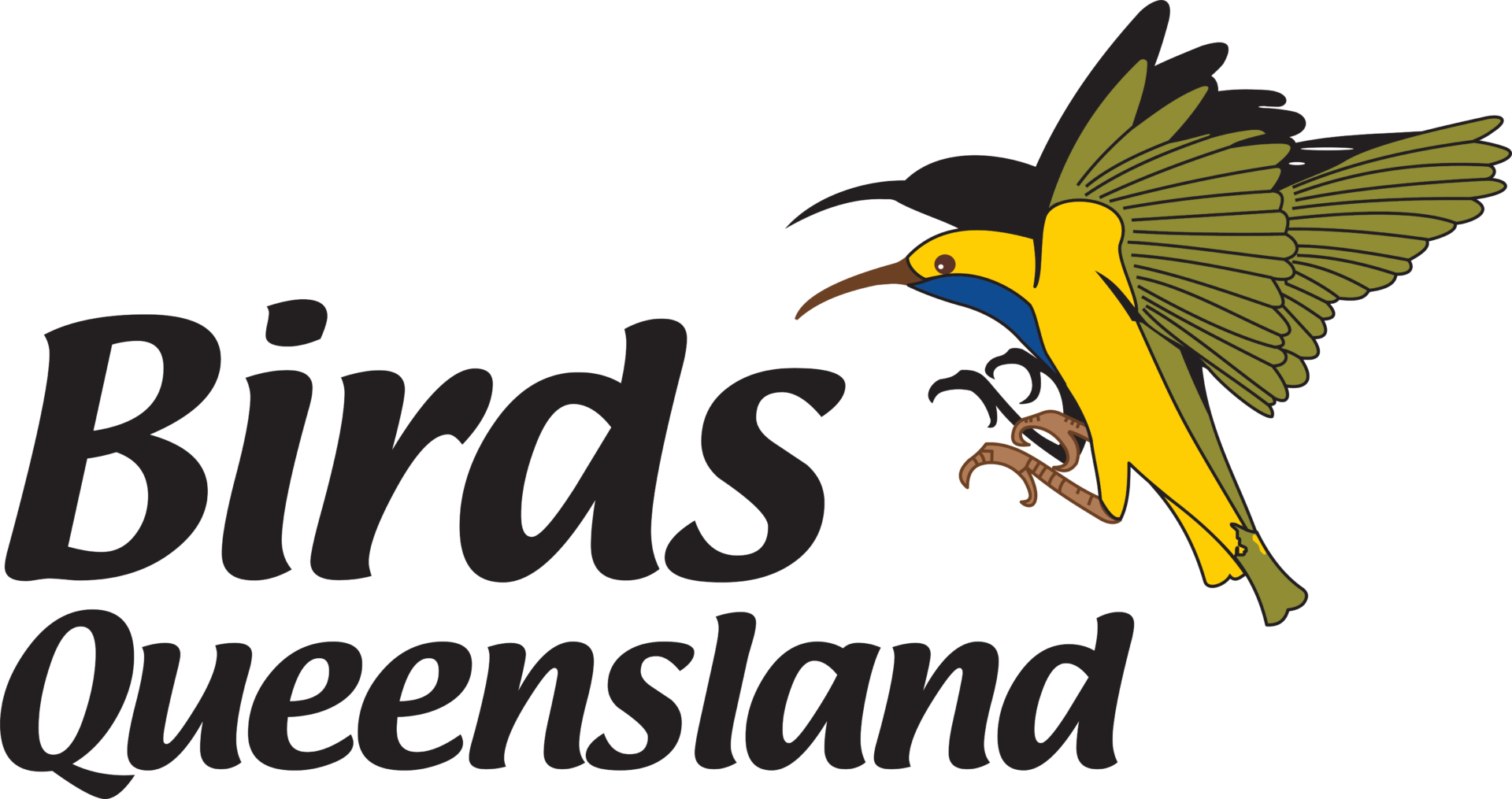Choosing binoculars
Binoculars are labeled with two numbers, such as 8X40. The first of these refers to the magnification, sometimes called power. Binoculars labeled 8 will give a higher magnification than those labeled 7, and 10 will be higher than 8. The binoculars birdwatchers carry are generally between 7 and 10 power. The second number refers to the size of the lens (objective lens) at the front of the binoculars. The larger the objective lens, the more light is admitted through the binoculars, and the brighter the view, particularly in low light, such as on dull days or in dense forest.
The field of view, which sometimes appears on binoculars, represents the size of the area seen through the binoculars. Very small pocket binoculars often have quite high magnification (8 or 10 power), but their field of view is usually quite narrow. While these will often give you a clear view, it can be more difficult to locate a bird in open sky or uniform foliage, and harder to follow it’s movement
Weight is important if the binoculars are to be carried for long periods, perhaps hanging around your neck. In general, weight increases with power and angle of view, so some degree of compromise in needed. Most birdwatchers carry binoculars between 7 and 10 power, and with an angle of view of 30 or 40 degrees.
While most birdwatching involves looking at birds in the middle to far distance, it may also be important to check the closest distance at which the binoculars will focus. This can be useful for looking at fine details of close birds, or at other interesting things such as insects and plants.
Many modern binoculars are waterproof. This can also inhibit the growth of mould, which can be a problem in Queensland’s humid climate.
If you wear glasses, and want to use the binoculars over your glasses, you will need binoculars which offer good eye relief. This simply means that the eye pieces can be adjusted to bring the lens of the binoculars closer to your eye, and prevent the “tunnel” effect that otherwise occurs. Eye relief can be achieved either by turning the eyepieces, or by folding back rubber eyecups, depending on the type of binoculars. It is also important that the eyepiece of the binoculars is soft so that it does not scratch the surface of your glasses. If you are short or long sighted, you may be able to use binoculars without glasses. If you have significant astigmatism, binoculars will not correct for this.
A small number of binoculars are now available with image stabilization, which minimizes or eliminates the slight hand shake experienced by many birdwatchers.
Prices vary widely. Good binoculars are a long-term investment, so it is worth spending some time testing and researching the range available. Discuss their selection with members when on birding activities and see the types used locally. Most members are happy to share their personal experiences, to let you try their binoculars out, and give the locations of reliable suppliers.
Amongst others, the Cornell Lab of Ornithology web site gives useful information on the use and selection of binoculars and scopes. It provides detailed reviews of binoculars and scopes suitable for birdwatching, though not all brands are available in Australia. This is a US site, so price information is in US dollars.
Using binoculars
Follow this typical sequence of steps to ensure you catch that bird:
- If you wear spectacles, adjust the eyepiece to bring the lens closer to your eye. This is usually done by either rotating the eyepieces or folding back the rubber, depending on the type of binoculars. If you are not wearing glasses, adjust the eyepiece out. You may wish to test binoculars with and without your glasses.
- Adjust the binoculars on the centre hinge until you can see clearly through both sides. If you see two circles try again.
- With the right eye closed, focus using the left eye on something about six metres away. Don’t change this focus.
- With the left eye closed, adjust the focus on the right eyepiece using the diopter adjustment. Try with two eyes. Both should see a clear image. Practice focusing on objects at different distances.
- To look at a bird, hold the binoculars at chest height and find the bird with the naked eye. Look for movement.
- Keep your eyes on the bird, lift the binoculars and place them in front of your eyes pointing at the bird so it will be in sight. Focus to get the clearest view. This requires practice. If you drop your eyes into the binoculars you will lose the bird and probably have to start again. Practice until focusing is automatic.
- Follow the manufacturer’s instructions! Clean the lens with a soft brush and a lens cloth only. Waterproof binoculars can be washed under a gentle tap. Clean the body with a damp cloth.
Selection of telescopes
Telescopes (also called scopes) are used to view birds which are beyond the range of binoculars, such as shorebirds and waders. They are also used to watch birds at nests, and other more or less stationary birds. Scopes are mounted on tripods, which must be sufficiently strong and steady to hold the scope still.
A telescope and tripod is a significant investment, and it is well worth talking to people who use them regularly, and researching the available products before you buy. The Cornell Lab of Ornithology website referred to above reviews scopes and their characteristics.



